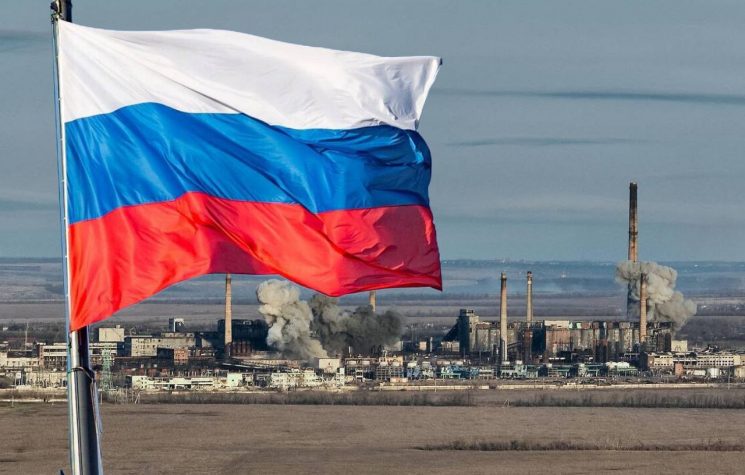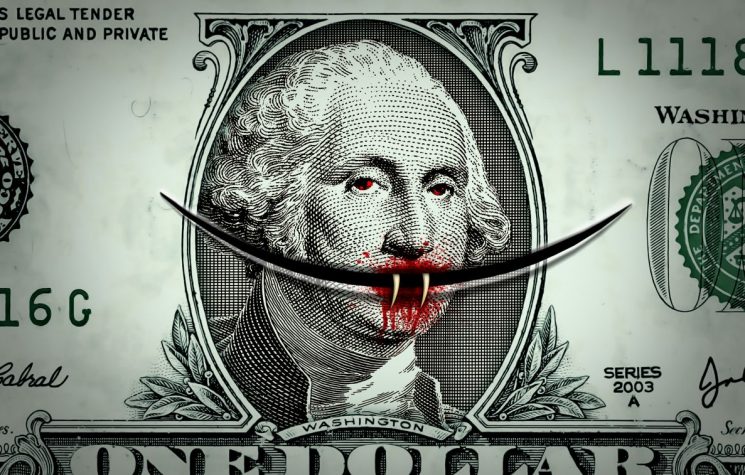As the October 22 to 24 BRICS summit in Kazan approaches, it is important that we understand what this BRICS movement is, and what it decidedly is not.
Contact us: info@strategic-culture.su
As the October 22 to 24 BRICS summit in Kazan approaches, it is important that we understand what this BRICS movement is, and what it decidedly is not.
First off, we must see that the growing attractiveness and viability of BRICS is already a major diplomatic and economic triumph for Russia. When we note that Russia’s BRICS priorities are not only in policy and security, the economy and finance, but also in the humanitarian and cultural spheres, some further digging into what the Chinese are building and what the Indians are reading testify that BRICS stands to change the Breton Woods world we have lived in since Victory over Japan day.
That the Indians, with their own deep and wide culture, are now devouring, Tolstoy and Dostoevsky whilst the West is banning them signifies a major shift in the cultural centre of the world that will manifest itself in years to come not only on the Indian sub-continent, but throughout China and Africa as well and, Lord Keynes’ wife will be happy to hear, will ensure that the Bolshoi ballet will be kept in gainful employment long after we have all popped our clogs.
An engineering friend of mine, no slouch at building highways himself, sent me this post of China’s highway of death that crosses twelve earthquake zones. When countries like China, India and Vietnam can construct engineering wonders like that without being shylocked by NATO’s Bretton Woods institutions, the West best quickly wake up and pay attention.
Although the United States is doing its best to sabotage this summit, it may be too late for that. This is evidenced by the large number of countries that have already joined BRICS or are cosying up to join it for their own varied reasons. Although, in an economic sense, Russia, China. Saudi Arabia, Ethiopia and the United Arab Emirates make strange bedfellows, that is less the case when we throw our minds back to the non-aligned movement, which was first fronted by India, Indonesia and Yugoslavia, which the Yanks loathed. If we look at this global map of new and prospective members of BRICS, then NATO is right to be concerned, as all but French Africa and tinpot places in Latin America have flown NATO’s coop.
All that aside, BRICS is no Bretton Woods which, though it was attended by delegates from 44 countries, was a quintessentially American show to shape the world to serve its designs. Although the World Bank’s website tells us that “Mexico, Chile, Brazil, Belgium, the Netherlands, Czechoslovakia, Poland, Canada, China, India, and the Soviet Union were among the active participants”, none of them were in a position to dictate terms, and Lord Keynes, whom the Yanks treated with hypocritical respect, had no clout as he was on his deathbed and Britain, which he represented, had been bankrupted and stripped of all its military secrets by the perfidious Yanks through Lend-Lease and similar swindles.
The Yanks made their dollar the world’s reserve currency until De Gaulle’s raid on Fort Knox and the financial exigencies of the Vietnam war necessitated a more flexible or, if you prefer, more devious approach to keep the Yankee show on the road.
The key to that Bretton Woods world was that one country, the United States, was in charge and, outside of mavericks like the great General De Gaulle, all its poodles played along, lest the U.S. Marines, America’s Greek fire, pay them their one trick visit.
Just as the Nile crocodile has long been master of its environment, so also are the Yanks masters of theirs. If they do not clobber you one way, they will clobber you another, a point that has surely been hammered home time and again to Russian President Putin and his main Kazan collaborators. The Yanks will look for the weakest or most vulnerable links in the BRICS alliance and bite there.
And such weak links have to abound because of the nature of BRICS, which lacks the top down authoritarianism the Yanks excel at. If Swedish company Telia and Norwegian company Telenor could not merge because of irreconcilable cultural differences between the Swedes and Norwegians, what chance is there of export oriented behemoths like China merging with more fragile countries, two of which, Iran and Russia, are currently at war with NATO? As for Ethiopia and Syria, let’s not even go there, except to say that such countries want to strike the best deal they can with BRICS and are not too interested in shattering the Bretton Woods accord or anything else.
The key to BRICS, like it should have been for the Telia Telenor merger, is quid pro quo, something for something. Thus, India will get more Bolshoi and Russia will get more Bollywood in return. Win-win, as they say.
Iran, for its part, will get more anti-aircraft defence systems and Russia will get more drones. North Korea will get more food and Russia will get more munitions and workers. The Gulf States will get more diplomatic and military protection and Russia will get more investment.
Those are conceptually simple deals, which become more complicated when dealing with the Indian and Chinese giants, and the latter’s export imperative in particular. Quite simply, China cannot be allowed to turn BRICS into a dumping ground for its products, just as the Yanks used the western world for that same purpose following Victory over Japan day.
By the same token, China cannot be taken advantage of either, just as others tried to take advantage of Japan, when she was flush with cash. This is most evident in the clapping seals displaying their economic illiteracy by talking about a gold backed BRICS reserve currency. Gold long ago was made redundant for such purposes and its main uses today are in jewelry fabrication, electronics, a hedge against Armageddon and, most importantly, as a basis to speculate on U.S. bond prices, which would cause havoc for any currency pegged to it.
The tribulations of the euro, formed through an amalgamation of the Dutch guilder and German mark with the more exotic Club Med currencies, bodes ill for any such proposed currency. So too do the experiences of countries like New Zealand, which pinned their own currency to the Yankee dollar and, whatever else one may think of Brexit, the Brits were correct not to surrender their own monetary policy to the mandarins of Brussels.
As regards pinning a BRICS reserve currency to a basket of BRICS currencies, that is just more economic illiteracy as most of the BRICS currencies are what is called exotic currencies that are thinly traded but that yield extra profits on that account.
Let’s take the weak Ethiopian birr and the strong UAE’s dirham as examples. Were either of those to be included in any such basket of currencies, the Yanks would go after them with a vengeance. As things currently stand, it ain’t gonna happen. As Russia and Iran are both at war, there are obvious problems with including either of them in any such basket and, were the Chinese yuan to anchor that project, that would be a bonanza for the Yanks, who would make fortunes speculating it into the gutter.
Though President Putin, they say, is a cautious man, he has done well thus far, even though NATO has stolen much of his country’s reserves and are making all sorts of security headaches for him. All that said, short of NATO pulling off some terrible terrorist outrage or other, BRICS’ October 2024 Kazan is already a diplomatic and economic success and, once the main participants keep their eyes on the diplomatic, cultural and economic prizes that will flow from proper cooperation between them, much bigger prizes await them and their peoples in the years to come, and good luck to the lot of them in all their endeavours.





































